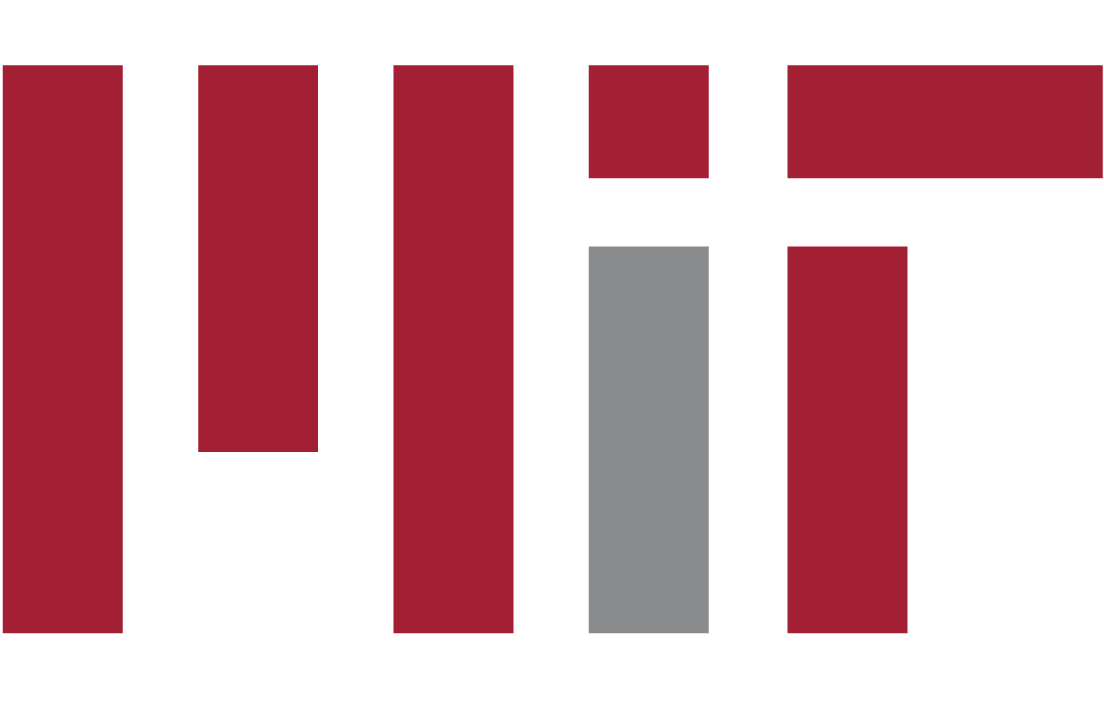Overview
As imaging technologies, both software and hardware, advance, they surpass traditional capabilities, capturing and interpreting visual information beyond the limits of human perception. While these cutting-edge computational imaging systems push the boundaries of what can be seen and understood, they also quietly introduce critical ethical concerns related to privacy, safety, and robustness. Since these systems operate beyond human vision, many potential threats remain imperceptible, making them more difficult to detect and mitigate.
Imaging Privacy Privacy concerns have gained increasing attention in the computer vision community, particularly as the progression of data-driven methods demands vast and often sensitive datasets. While traditional discussions have focused on visible privacy risks, advanced imaging systems can capture invisible yet private signals, introducing a new class of threats.
Researchers have demonstrated how seemingly innocuous reflections/interreflections captured by a conventional camera—from a wall (Torralba et al, 2012, Sharma et al., 2021), a corner (Bouman et al., 2017), the human
eyes (Nishino and Nayar, 2004, Alzayer et al., 2024), a bag of chips (Park et al., 2020), or a soda cans (Yu et al., 2023)—can be leveraged
to reconstruct private scenes. Dynamic scenes encode more substantial information; for instance, we
can extract hidden human motion (Aittala et al., 2019) and intention (Liu et al., 2024) as well as detect
sound through vibrations in high-speed videos (Davis et al., 2014), enabling eavesdropping from a distance.
Advanced cameras capable of capturing non-visible spectra (e.g., NIR, SWIR, TIR, Terahertz, Radio) further expand privacy threats. For example, the thermal spectra encoded the invisible human activity (Liu and Vondrick, 2023) and what happened before 3 seconds (Tang et al., 2023). The radio
signal can be used to probe human activity through walls (Adib and Katabi, 2013, Zhao et al., 2018).
Imaging Safety Besides the privacy concerns, active imaging methods that emit energy, such as laser (O’Toole
et al., 2018), UV (Krishnan and Fergus, 2009), radio waves (Adib and Katabi, 2013, Zhao et al., 2018,
Lai et al., 2024), or sound waves (Xu and Wang, 2006), to illuminate the targets introduce security and
safety risks. For example, systems that use high-energy lasers for depth sensing or scene reconstruction
could inadvertently cause harm, posing safety threats to humans (Tilmon et al., 2023).
Imaging Robustness Ensuring the robustness of AI systems equipped with advanced imaging devices—capable
of perceiving beyond human vision—poses significant challenges. For instance, it is possible to design
attack patterns that are imperceptible to the human eye yet can effectively compromise these systems (Wei et al., 2024, Wei et al., 2023, Lin et al., 2025). Besides, the emitted energy from active imaging system can bring interference and lead to potential risks.
This workshop aims to bring attention to these challenges and explore innovative solutions to deal with these challengings as imaging technologies push the boundaries of perceiving the invisible.
🔥 🔥 🔥 Call for Papers
Topics
The workshop will cover a broad range of topics at the intersection of imaging systems and ethics. As an imaging-related workshop, we welcome submissions that showcase the effectiveness and capabilities of imaging technologies, but we strongly encourage authors to also include discussions on the potential risks, limitations, or ethical concerns associated with their use. Topics of interest include, but are not limited to, the following:Illuminating the ‘Darkside’ of See Invisible
- Revealing hidden information using passive imaging systems, e.g., Eye camera, Corner camera, Infrared camera
- Revealing hidden information using active imaging systems, e.g., NLOS, ToF
- Privacy-preserving boundaries of minimalistic optical systems, e.g., single-pixel imaging, lensless imaging, event cameras
- Safety concerns in active imaging systems that threaten humans, e.g., laser safety, UV safety
- Interference that threatens other imaging systems
- Robustness issues of AI systems equipped with advanced imaging devices, e.g., physical adversarial attack
- Ethical risks in different imaging fields, e.g., medical imaging, biological imaging
- Privacy-Preserving Imaging System, e.g., imaging systems with access control
- Safe Imaging System
- Robust Imaging System
- End-to-end design of advanced imaging hardware with safety/privacy/robustness constraints
Guidelines
We accept submissions in the following tracks. Accepted papers may be presented as either posters or demos, depending on the authors' preference. 💰💰💰 We will provide a best paper award, a best poster award and a best demo award, sponsored by Snap Inc.- Novel Work: This track welcomes early-stage research that has not yet undergone peer review. We actively encourage the submission of works-in-progress and emerging ideas to foster discussion and collaboration among participants. Please use the ICCV 2025 template.
Submissions in this track will be reviewed for relevance and soundness.
- Proceedings: If you would like your work to be included in the ICCV proceedings, please submit through this OpenReview by July 3, 2025. Submissions should be between 4 and 8 pages in length, excluding references.
- Non-Proceedings: If you prefer not to be included in the ICCV proceedings, please submit through this Openreview by August 19, 2025. Submissions may take one of the following forms (excluding references):
- Full Paper: 4–8 pages
- Short Paper: Up to 4 pages
- Tiny Paper / Extended Abstract: Up to 2 pages
- Published Work: This track invites submissions of works that have already been accepted at previous venues (e.g., CVPR, ICCV, ECCV, IJCV, TPAMI, ICCP, TCI, SIGGRAPH, etc.), including those accepted to the ICCV 2025 main conference. Submissions can be in any format and should be sent directly via email: responsible.imaging@gmail.com
Timeline
| Novel Work (Proceedings) Submission | Jul. 3, 2025, 11:59 PM AoE | |
| Novel Work (Proceedings) Notification | Jul. 10, 2025, 11:59 PM AoE | |
| Novel Work (Proceedings) Camera Ready | Aug. 15, 2025, 11:59 PM AoE | |
| Novel Work (Non-Proceedings) Submission | Aug. 19, 2025, 11:59 PM AoE | |
| Novel Work (Non-Proceedings) Notification | Sep. 19, 2025, 11:59 PM AoE | |
| Published Work Submission | Sep. 19, 2025, 11:59 PM AoE |
Keynote Speakers
Organizers
Program
Talk Oct 20, 2025
Organizers
Opening remarks
Oral Presentations
Improved Semantic Segmentation from Ultra-Low-Resolution RGB Images Applied to Privacy-Preserving Object-Goal Navigation
Coordinate-based Speed of Sound Recovery for Aberration-Corrected Photoacoustic Computed Tomography
Privacy-Preserving Visual Localization with Event Cameras
StealthAttack: Robust 3D Gaussian Splatting Poisoning via Density-Guided Illusions
keynote Speaker: Kyros Kutulakos
The ultimate video camera
Poster and Break
keynote Speaker: Amir Zamir
How many pixels do we need to see?
keynote Speaker: William T. Freeman
Responsible Imaging: Case studies from my own group, with reflections and discussion
Panel Discussion, Award Ceremony, Closing Remarks
Speakers, Organizers, and Guests (Mark Sheinin)
Poster Session (Kamehameha II room)
Number inside the brackets () denotes the poster board ID
#1 (77) Lighten-MST: Low-light Spectral Reconstruction via Illumination-guided Spectral-aware Transformer, Yanan Hu, Xiaodong Wang, Zijun He, Xin Yuan #2 (78) See the Invisible with SWIR: Learning to Enhance via Synthetic Noise Modeling, Haiyang Jiang, Hongjun Wang, Yinqiang Zheng #3 (79) Boosting Diffusion-Based Text Image Super-Resolution Model Towards Generalized Real-World Scenarios, Chenglu Pan, Xiaogang Xu, Ganggui Ding, Yunke Zhang, Wenbo Li, Jiarong Xu, Qingbiao Wu #4 (80) Learning to See through Flare, Xiaopeng Peng, Heath Gemar, Erin Fleet, Kyle Novak, Abbie T Watnik, Grover Swartzlander
#5 (81) IRIS — Invisible Realistic Image Stressors, Janos Horvath #6 (82) Vision At Night: Exploring Biologically Inspired Preprocessing For Improved Robustness Via Color And Contrast Transformations, Lorena Stracke, Lia Nimmermann, Shashank Agnihotri, Margret Keuper, Volker Blanz #7 (83) Improved Semantic Segmentation from Ultra-Low-Resolution RGB Images Applied to Privacy-Preserving Object-Goal Navigation, Xuying Huang, Sicong Pan, Olga Zatsarynna, Juergen Gall, Maren Bennewitz #8 (84) CryptoCS: A Cryptographic Primitive for Privacy-Preserving Compressive Sensing, Ping Wang, Xin Yuan #9 (85) Vision-Language Models Display a Strong Gender Bias, Aiswarya Konavoor, Raj Dandekar, Rajat Dandekar, Sreedath Panat #10 (86) Sensitivity, Specificity, and Consistency: A Tripartite Evaluation of Privacy Filters for Synthetic Data, Adil Koeken, Alexander Ziller, Moritz Knolle, Daniel Rueckert
#11 (146) [ICCV'25] Coordinate-based Speed of Sound Recovery for Aberration-Corrected Photoacoustic Computed Tomography Tianao Li, Manxiu Cui, Cheng Ma, Emma Alexander #12 (147) [TIP'25] Privacy-Preserving Visual Localization with Event Cameras Junho Kim, Young Min Kim, Ramzi Zahreddine, Weston A. Welge, Gurunandan Krishnan, Sizhuo Ma, and Jian Wang #13 (148) [ICCV'25] Learning to See Inside Opaque Liquid Containers using Speckle Vibrometry Matan Kichler, Shai Bagon, Mark Sheinin #14 (149) [ICCV'25] Generalizable Non-Line-of-Sight Imaging with Learnable Physical Priors Shida Sun, Yue Li, Yueyi Zhang, Zhiwei Xiong #15 (150) [ICCV'25] StealthAttack: Robust 3D Gaussian Splatting Poisoning via Density-Guided Illusions Bo-Hsu Ke, You-Zhe Xie, Yu-Lun Liu, Wei-Chen Chiu




















